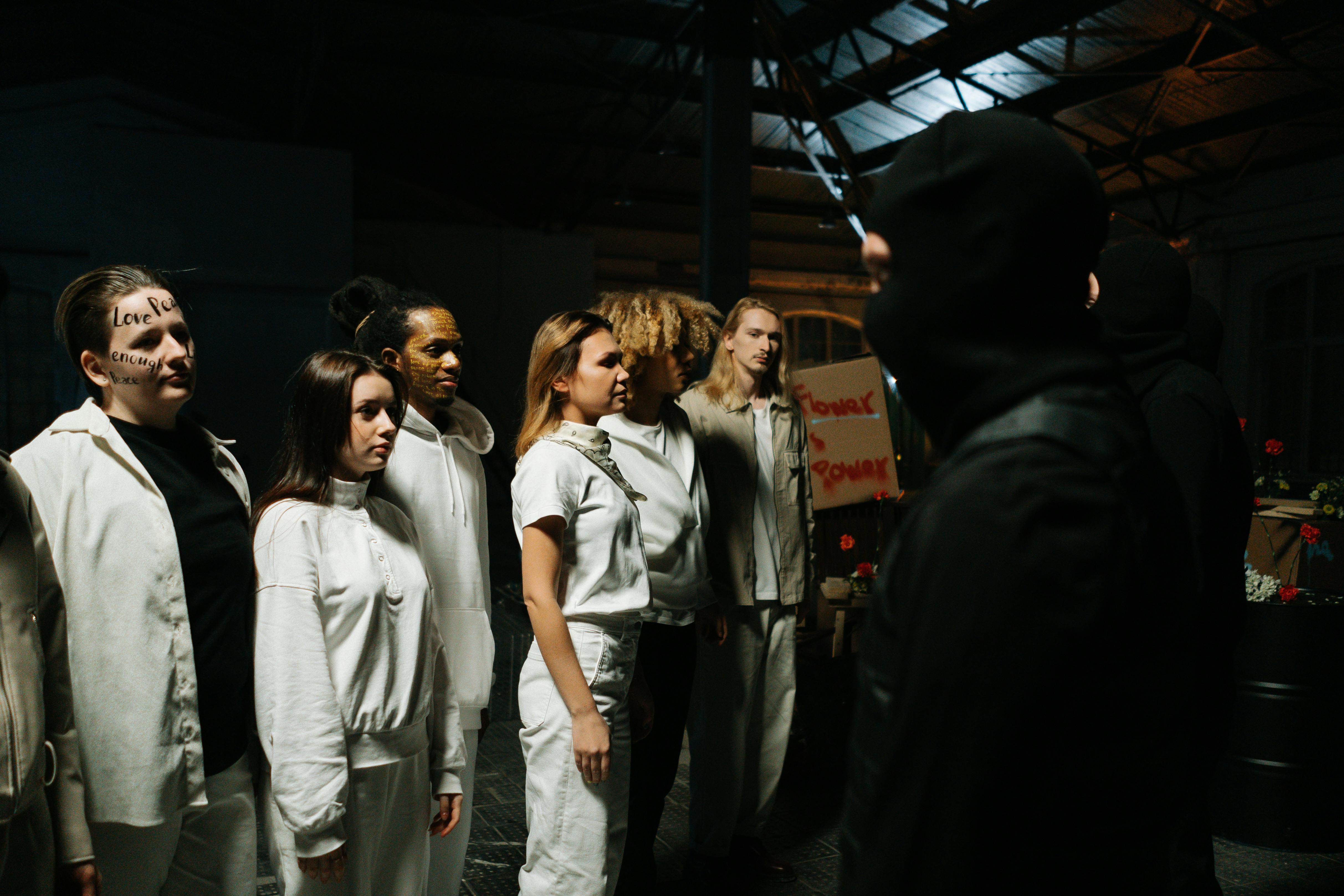
Swedish sculptor Claes Oldenburg created the splendid ‘Installation Art’, “Lipstick (Ascending) on Crawlers”, during 1969-1974. The masterpiece is installed at Samuel FB Morse College, Yale University, New Haven, Connecticut.
The body of the mysterious “Lipstick (Ascending) on Caterpillar Tracks” is made up of a 24-foot lipstick standing on a tank track, which the artist called ‘caterpillar’. Made from cost-effective raw materials, Claes employed plywood rails for the base and top of the red vinyl balloon, which were puffed up for better visibility and gaining attention. He used Cor-Ten steel, steel, aluminum, cast resin that was painted with polyurethane enamel. Measuring a handsome 23’6″ x 24’11” x 10’11” (7.2m x 7.6m x 3.3m), Stuart Wrede and students at the Yale School of Architecture commissioned the work of art in January 1969.
“Lipstick (Ascending) on Caterpillar Tracks” was originally installed on May 15, 1969 at Beinecke Plaza (Hewitt Quadrangle), Yale University, to be dedicated on October 17, 1974. The innovative concept of building a tube of In lipstick orange gold color, mounted on a large steel base, equipped with rust-colored tracks, it drew a huge crowd and took Yale by storm. It was the first monumental public sculpture in Oldenburg.
The gigantic work of art symbolizes the anti-war sentiments of the art school students. As a gesture of goodwill, everyone from Yale, from its students to faculty and alumni, contributed to the cost of construction. In harmony, Oldenburg also did not charge any fees for “Lipstick (Ascending) on Caterpillar Tracks”. He called the group secretly working for the facility the Colossal Keepsake Corporation of Connecticut. Claes decided on Beinecke Plaza as the installation location.
Ultimately, the Corporation legally presented the artwork to Yale. Vincent Scully, a professor at Morse College, commented lightly, “Beinecke’s natural complement to the boudoir”. Towards the end of the Vietnam War, the impact of the rebellion was apparent even at the Art School. The tank-shaped base from Cales’ “Lipstick (Ascending) on Caterpillar Tracks” was used as a rally platform, and the installation was subsequently loaded with signs and doodles. By March 1970, the facility’s wooden tracks had rotted from exposure and environmental abuse. Oldenburg moved the sculpture to his construction factory in North Haven. The following year, art historians and professors decided to bring it back for its final installation on the university campus.
Even today, Morse University students are inspired by the enigmatic monument. Yale students say, “Morse without Lipstick is like Yale without Harkness (minus the bells).”